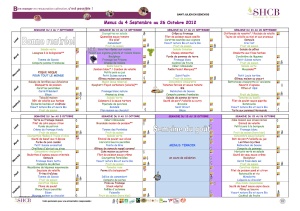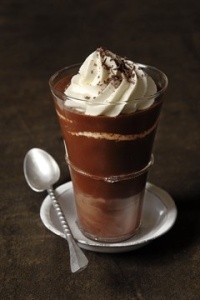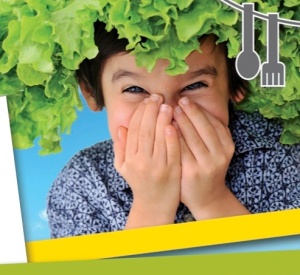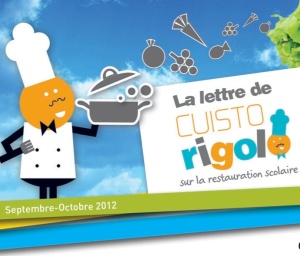Yay! My ‘French Kids’ School Lunch Project’ is back by popular demand! (For a full explanation of how school lunches are organized in France, click here.)
 This week, we’re in Paris (well, virtually anyway), in the 17th arrondissement (Place de la Concorde!). School lunches are organized by neighborhood (arrondissement) in Paris, with all of the kids in a neighborhood eating the same menu (usually prepared in large ‘central kitchens’ before being shipped out to individual schools, although some schools still have cooks on the premises). As usual, the schools post the menu online for eager parents to check out what their progeny will be eating. This menu is for the children in kindergarten (maternelle), from 3 to 5 years olds. Check out the menu for the rest of the month. Impressive!
This week, we’re in Paris (well, virtually anyway), in the 17th arrondissement (Place de la Concorde!). School lunches are organized by neighborhood (arrondissement) in Paris, with all of the kids in a neighborhood eating the same menu (usually prepared in large ‘central kitchens’ before being shipped out to individual schools, although some schools still have cooks on the premises). As usual, the schools post the menu online for eager parents to check out what their progeny will be eating. This menu is for the children in kindergarten (maternelle), from 3 to 5 years olds. Check out the menu for the rest of the month. Impressive!
As usual, the meals follow a four course structure: vegetable starter; main dish with vegetable side; cheese course; dessert. All meals are served with fresh baguette (eaten plain, usually one piece per child!) and water. No flavoured milk, juice, sports drinks, or pop. No vending machines. No fast food or junk food. Food for thought!
Monday, September 30th
Salad: Lentil Salad with tomatoes
Main: Roast pork or turkey, with peas and carrots
Cheese/Dairy:Brie
Dessert: A kiwi
Tuesday, October 1st
Salad: Cucumber salad with vinaigrette
Main: Salmon lasagna and organic spinach
Cheese/Dairy: Cheese fondu with baguettefor dipping
Dessert: Organic fruit compote
Wednesday, October 2nd
Salad: Macedonian salad with vinaigrette
Main: Veal ‘marengo’ with rice
Cheese/Dairy: Petits suisses (akin to flavored yogurt)
Dessert: An organic orange
Thursday, October 3rd
Salad: Cauliflower with vinaigrette
Main: ‘Hachis Parmentier’ (sort of like Shepherd’s Pie) with organic beef
Cheese/Dairy: Pyrénées with organic baguette
Dessert: Fruit salad
Friday, October 4th
Salad: Red beans and corn
Main: Chicken skewer with ratatouille
Cheese/Dairy: Cheese fondu with bread for dipping
Dessert: Paris Brest’ (a wonderful dessert made of choux pastry and a praline flavoured cream - yum!)
This blog post is part of my French Kids School Lunch Project. Every week, I post the school lunch menus from a different village or town in France, where three-course, freshly-prepared hot lunches are provided to over 6 million children in the public school system every day. These meals cost, on average, $3 per child per day (and prices for low-income families are subsidised). My hope is that these menus (together with my other blog posts about the French approach to kid’s food) will spark a conversation about what children CAN eat, and how we can do better at educating them to eat well.




